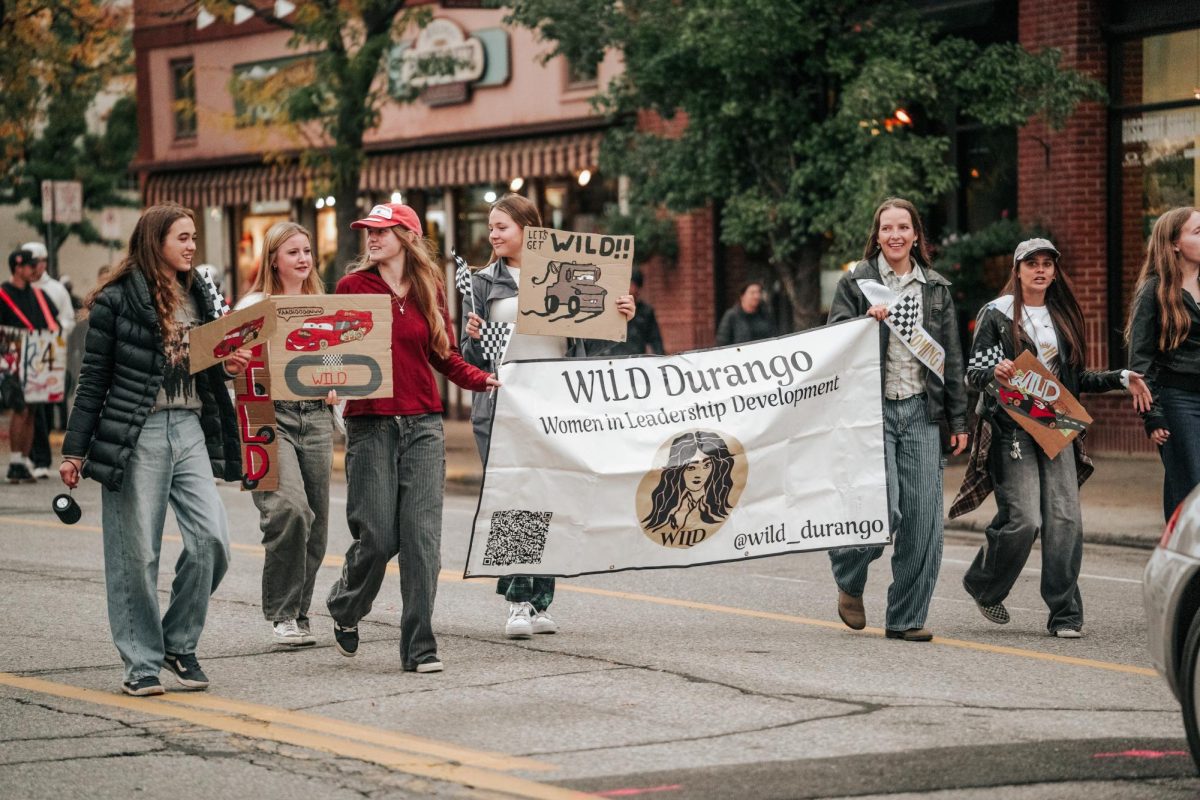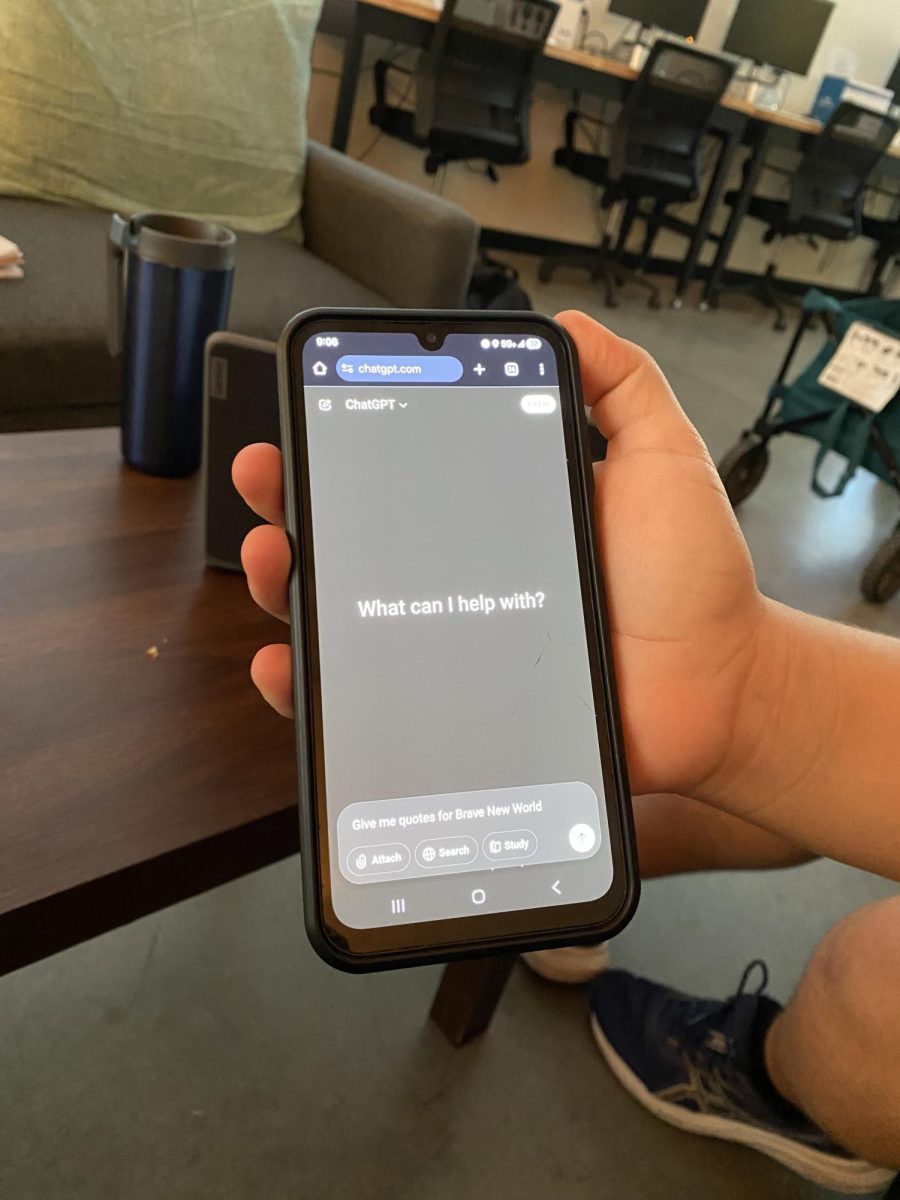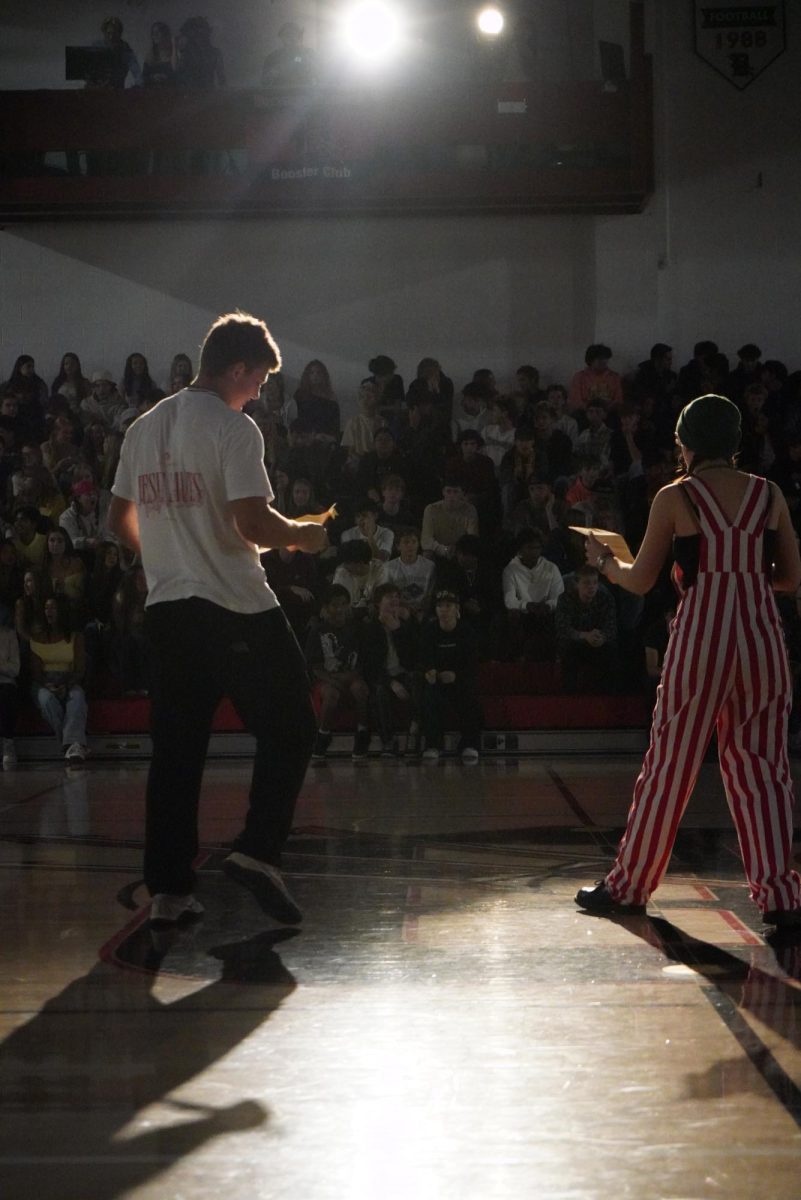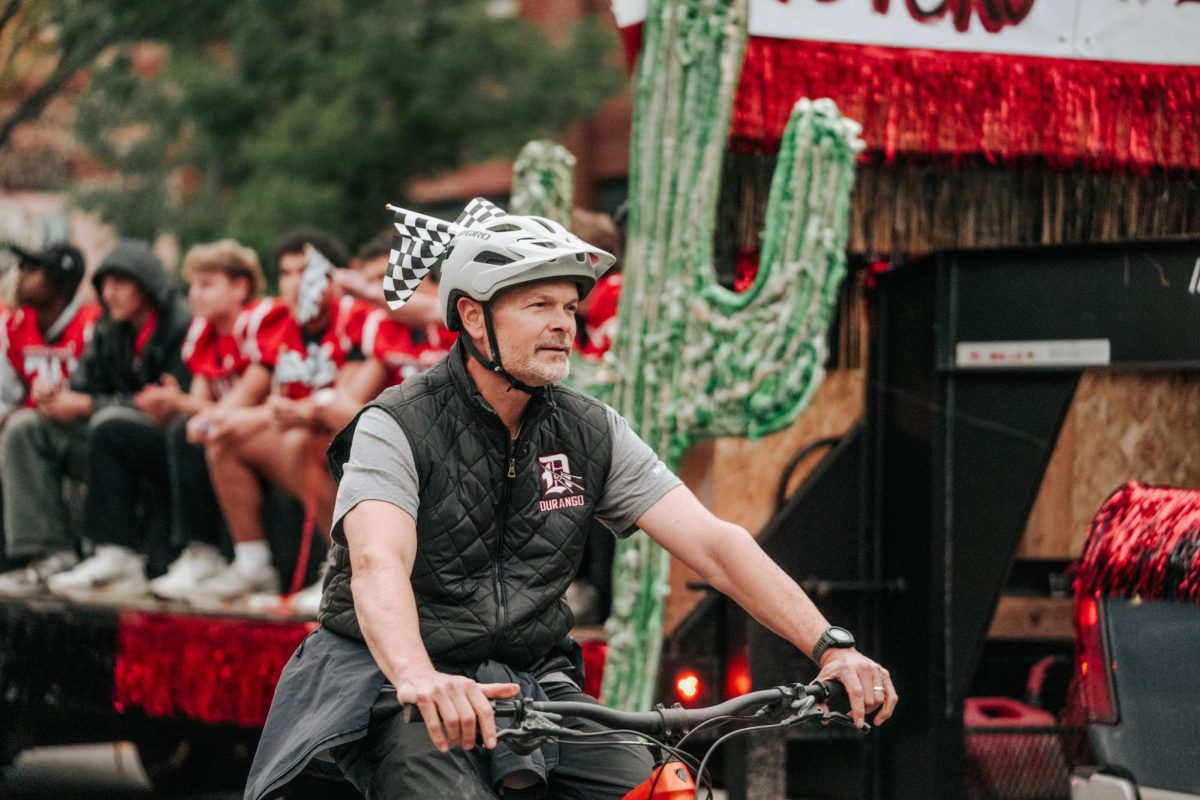At Durango High School, Career and Technical Education (CTE) programs are giving students a unique and valuable opportunity to dive deep into their chosen fields, learn real-world skills, and even gain work experience while still in high school. Recently, a select group of students from various CTE programs had the chance to speak at a conference about their journey and the experiences they’ve gained. Here’s a look at how they got there, and what it was like for them to share their stories.
For many students in CTE programs, hands-on learning is one of the biggest draws. Cassidy Huber, a senior at DHS in the agricultural field said, “I was able to have more real-world learning versus just in a classroom.” Her journey began in introductory and intermediate classes, where she built a close relationship with Ms. Long, a teacher who helped guide her into real-world internships during her senior year. “She was able to help me in my senior year get out into the community with real internships.”
As part of the conference, Huber and her peers were invited to the conference to talk about their experiences and share their advice for other schools looking to start similar programs. “We’re planning on having a panel discussion and talking about how we built this program at DHS so other schools that are interested can hop on board,” Huber said. The students were eager to explain how their school’s CTE programs, like Health Sciences, Multimedia Arts, and Agriculture, and Graphic design, have impacted their lives and helped them develop skills that go beyond textbooks.

For Madelyn Agre, a member of the HOSA (Health Occupations Students of America) club, her involvement in CTE has been a transformative experience, starting her journey in 9th grade. “I started out just as a member of HOSA my freshman year, then in my sophomore year I was a junior officer to the president, and then this year I worked my way up to president,” Agre explained.
Her experience with HOSA, and the wider CTE program, has been incredibly impactful, both personally and professionally. “CTE is a program for career-based clubs, so it’s a way for students to get a start early for multiple career pathways,” she said. Through CTE, Agre has learned skills that will benefit her long into her career. “Without it, we wouldn’t be able to learn until later in life.”
The conference provided an opportunity for students like Agre to not only reflect on their growth but also share how CTE has connected them with the community. “We’ve gotten really involved with the community, which is one of the main things we are talking about,” she noted. This community involvement is one of the key components of CTE, helping students to build connections with professionals in their chosen fields and gain experience that sets them up for success.
For these students, attending the conference was an exciting opportunity to learn from other CTE programs while showcasing their own. Huber spoke about the excitement of the trip, saying, “It’s going to be an interesting trip where we get to share our journey and our experiences and all the independent work leading up to this.” She was looking forward to hearing from other students and professionals about how they have navigated their own CTE paths.

The students Highlighted that one of the highlights of the conference was being able to learn from all the different presenters and their own experiences. “There was a huge schedule of different people that were giving presentations on a variety of topics and programs related to CTE and Work-Based Learning,” Huber shared. This wide range of perspectives allowed students to learn about CTE from different angles, broadening their understanding of how these programs can affect their lives and future careers.
Sydney Vassar, another senior who attended the conference, appreciated the chance to see firsthand how CTE courses are run in different schools and districts. “It was a great way to see how teachers and advisors want to run their CTE courses and what they want the purpose of the courses to be,” she said. Vassar also appreciated the chance to speak directly with teachers about the impact CTE can have on students. “It was a great way to see the back runnings of CTE courses as well as talk to teachers in a first-hand experience of how these courses can affect a student’s life,” she added.
“It’s really awesome we get to do this because it was a select group of students that were able to do this internship and be in these classes,” Huber explained. The conference was not just about showcasing their own experiences, but also about getting the opportunity to be at such an immersive experience just in highschool. “It’s a really awesome opportunity to go with all these amazing people and learn from other talks,” Cassidy said, emphasizing how valuable the experience was for both personal growth and professional development.
Agre explained that as these students continue to share their experiences, they are paving the way for future generations of students to benefit from CTE programs. By giving back to their communities and sharing their knowledge, they are helping to ensure that these programs continue to grow and inspire future students to pursue their passions.
“It feels really good,” Madelyn said, reflecting on her leadership in HOSA and the impact she’s had on her community. “I’ve worked really hard to establish the club and my position.” For these students, CTE is not just about learning new skills—it’s about making an impact on their communities and creating a future for themselves that is rooted in real-world experiences.










Linley • May 22, 2025 at 8:03 am
Congratulations to all these students who have worked so hard!